
Your health starts here! Workouts, nutrition, motivation, community... everything you need to build a better body from the inside out! Visit us at www.getfitnow.com for videos, workouts, nutrition, recipes, community tips, and more!
Warrior Workouts Volume 2 Text Copyright 2018 Stewart Smith Library of Congress Cataloging-in-Publication Data is available. ISBN: 978-1-57826-740-8 All rights reserved. No part of this book may be reproduced, stored in a retrieval system, or transmitted, in any form or by any means, electronic or otherwise, without written permission from the publisher. Book design by Carolyn Kasper Printed in the United States 10 9 8 7 6 5 4 3 2 1
Contents

INTRODUCTION A re you ready for results-driven workouts that will challenge you like no other exercise program available? Whether you are an everyday athlete, police officer, firefighter, or are in the military, Warrior Workouts is designed to push you to dig deep and find strength you never knew you had. I am Stew Smith, creator of these workout arrangements.
This book is a series of workouts designed to expand upon the previous volume in this series, arranged into the types of cycles that we have been using for over 20 years in the Tactical Fitness Periodization Plan. There are 25 workouts in each of the four phases that will give you effective options to add to your lifting cycles, running cycles, and calisthenics/PT test cycles. This book is jam-packed with workouts and new training plans that have been thoroughly tested by myself and the Heroes of Tomorrow training groups for the past 15 years, a program which yields several successful Special Ops candidates, SWAT team members, FBI and local law enforcement, and firefighters every year. These workouts are hardcore, but completely scalable. You have to remember that these workouts are not personally designed for you, so you may have to rearrange or make changes to repetitions, distances, and events to fit your current fitness level and goals. But, one thing is for sureyou will have a lot of options to choose from.
How to Use the Warrior Workouts The 100 stand-alone workouts in this book are some of my favorite workouts I have ever created, drawn from a database containing over 20 years worth of routines. These are my top 100 individual workouts, focusing mainly on calisthenics, running, swimming, rucking, and easy-to-use weights like dumbbells, kettlebells, and sandbags/back packs. These workouts are organized into four large cycles, based on the seasons. You will find them arranged with somewhat of a random format but titled appropriately, so if you are looking for an upper body PT, Run/PT, Swim/PT, Leg Day, or a Full Body day of workouts, that information is available at a glance. Some workouts are quick, some require at least an hour to complete but regardless, the goal for you is to do what you can and arrange them smartly. My advice on arranging the workouts into a complete week would be this: Pick a few of your favorite workouts if you want to do something 56 days a week.
Do your upper body workouts Monday, Wednesday, and Friday. You can also add in cardio workouts after the upper body resistance workouts (though cardio is often mixed into these particular workouts anyway). Add in some leg days on the days in between (Tuesday/Thursday/Saturday), or at least some form of cardio where you use the legs like running, biking, rucking, swimming (using fins), rowing, etc. The other option is to focus on the full body workouts in this group of 100 and do them every other day of the week, with rest or cardio days in between. The rules are that simple! With this type of volumeeven in calisthenicsit is recommended to use the same muscle group every other day (when it comes to resistance training for recovery and growth purposes). Cardio workouts can progress logically to several days of running, biking, and swimming a week, though I would keep rucking at 23 times a week max for the purposes of these workouts.
NOTE: There are no exercise descriptions or pictures in this book. If you require a more detailed explanation of these standard exercises, or if there are a few exercises you dont recognize, all my other books have chapters devoted to exercise descriptions, with accompanying pictures. See the Resources section for a list of my other books, or check out my YouTube Channel at www.youtube.com/stew50smith to find over 120 exercise videos, swim technique videos, and even some of these workouts to see the descriptions in motion. 
About
Periodization I think of the year as a way to challenge all of the fitness elements: speed, agility, endurance, strength/power, muscle stamina, mobility and flexibility: WINTER (January to March): Nearly 100% weights, more non-impact cardio workouts; ruck/swim using fins SPRING (April to June): Calisthenics and cardio workouts; run/swim progression SUMMER: (July to September): Calisthenics and cardio workouts (advanced); run max/swim progression FALL (October to December): Calisthenics, weights, and decrease running/non-impact cardio workouts; ruck/swim using fins My Trilogy of Periodization Shortly after my first year of this type of training, I wrote Maximum Fitness , a 52-week plan whose lift cycle is more of a bodybuilding hypertrophy program than a true powerlifting program, but which has evolved into my Navy SEAL Weight Training and Tactical Fitness programs. After 20 years of this type of training, Ive learned not to think of it as rigid. We are constantly adding in new elements such as kettlebells, weight vests, TRX, tires, sledgehammers, sleds, crawls, and carries to enhance our program each year.
We have many favorite go-to workouts, but also create new workouts every day. Trying new ideas should be part of your training to find what works for you personally. If you have ever been an athlete, you already know what periodization isyou just may not have thought of it this way. When an athlete is preparing for football season, you will see them lift, do sprints and agility drills, and some medium distance cardio for a solid base. This cycle may last 23 months or longer as they prepare for August practices. Once the season has begun, theyll start doing 23 maintenance lifts per week, practices for more specific football skills, and maintenance for speed and agility.
After the season is over, an athlete may play another sport to get a physical and mental break from football, or they may get back into the weight room to rebuild power and strength after losing some during the season. This is a typical pre-season, in-season, and post-season cycle. This is periodization. Periodization is an organized approach to training that involves progressive cycling of various aspects of a training program during a specific period of time. Not all periodization models are the same, though; it truly depends on your goals. For instance, your periodized training program will be different during the pre-season if you are a cross country runner or a football player, and the training programming for each is different when the athletes are in-season.
So, how does this apply to the average person? Well, you may be periodizing and not even know it. There may be periods of time in the year where you run more than you lift or you lift more than you run, even without it being part of a written or organized schedule. Consider periodization and training the same way you think of a budget and money. Instead of having a daily workout or a weekly plan, these plans should fit into a quarterly or even a yearly plan. Think of the year as four 13-week cycles (52 weeks). Break up the year into quarterly goals where you change the focus on your training program a bit.

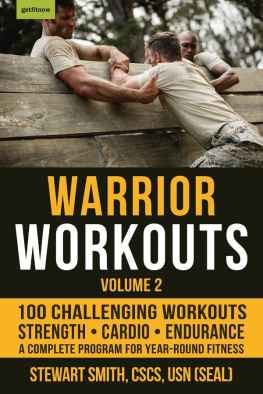





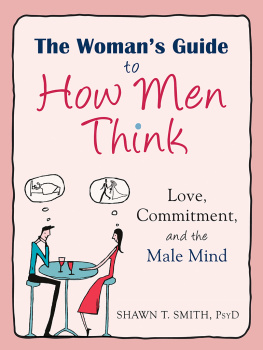

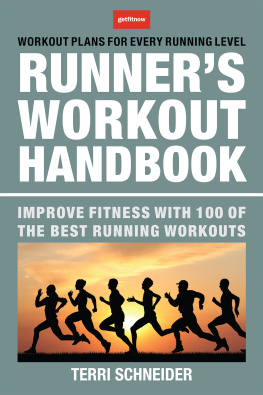


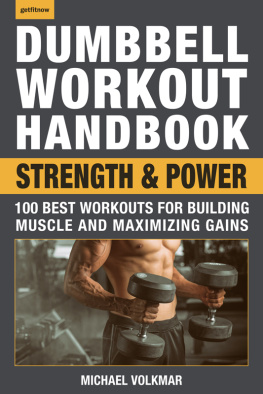

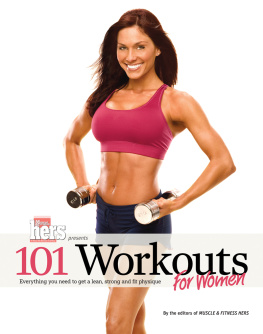
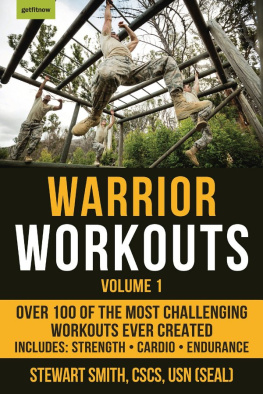

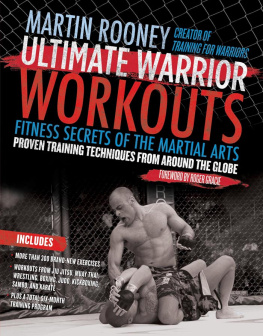
 Your health starts here! Workouts, nutrition, motivation, community... everything you need to build a better body from the inside out! Visit us at www.getfitnow.com for videos, workouts, nutrition, recipes, community tips, and more!
Your health starts here! Workouts, nutrition, motivation, community... everything you need to build a better body from the inside out! Visit us at www.getfitnow.com for videos, workouts, nutrition, recipes, community tips, and more! INTRODUCTION A re you ready for results-driven workouts that will challenge you like no other exercise program available? Whether you are an everyday athlete, police officer, firefighter, or are in the military, Warrior Workouts is designed to push you to dig deep and find strength you never knew you had. I am Stew Smith, creator of these workout arrangements.
INTRODUCTION A re you ready for results-driven workouts that will challenge you like no other exercise program available? Whether you are an everyday athlete, police officer, firefighter, or are in the military, Warrior Workouts is designed to push you to dig deep and find strength you never knew you had. I am Stew Smith, creator of these workout arrangements. 